
Montane Alpine 850 Nano Hooded Down Jacket
Montane are at their best when they're making super-light products, and the Alpine 850 Nano is very much the embodiment of that philosophy. In fact it's literally the gold standard, says Rob Greenwood. What on earth is he talking about...




























































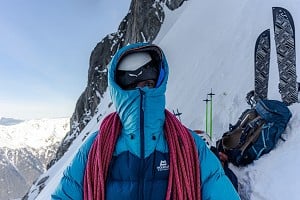
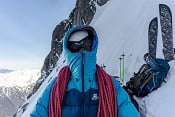


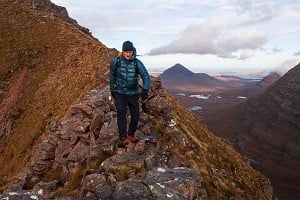



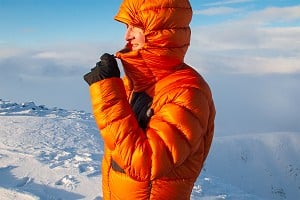
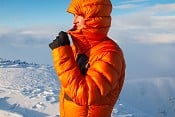
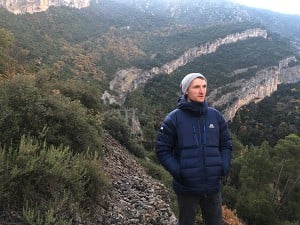
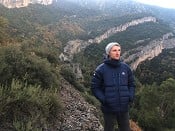
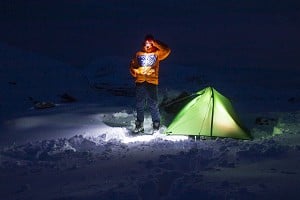
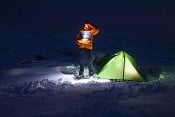
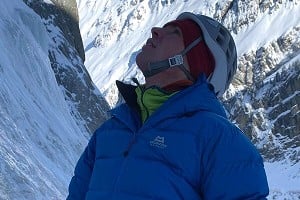
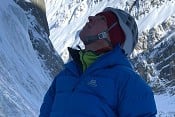


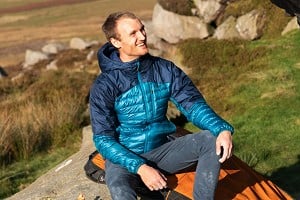
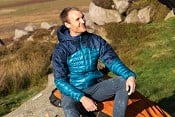


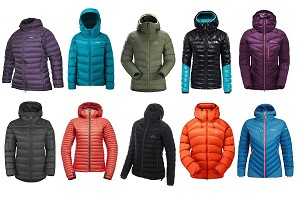
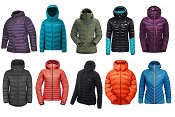
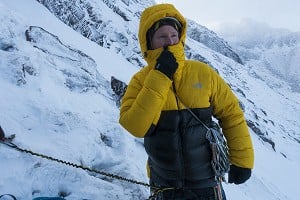
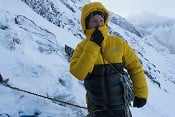
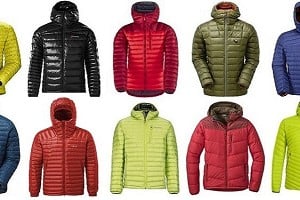
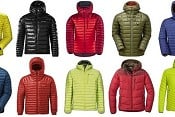
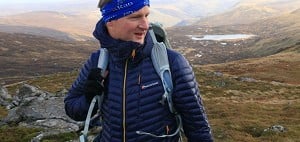

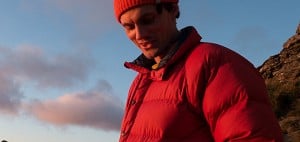

Comments
Good article as usual! Wasn't aware that higher fill power down can be more prone to damage. I know it's been used for a while now but does the use of synthetic in parts of down jacket mean that you could have part of a jacket that's lost quite a lot of loft i.e. due to down maintaining it's performance for much longer than synth?
Decathlon lightweight down jacket €75 Perfect, just as warm as a lightweight Patagonia down jacket I have. I wear it all the time for colder Alpine skiing days under a shell.
It’s a good article - and I love reading about jackets as much as the next person on UKC (which is to say… an embarrassingly large amount).
I have to say I thought 400-500g was pretty light, not really winter weight as suggested here - I’d certainly be cold in less when not moving. The popular decathlon/Simond one and the rab microlight are both around this range and very versatile.
But… these jackets just aren’t really that comparable and I doubt are suitable for the same purposes.
you have some ultralight walking jackets with a hood that is useless when climbing (won’t go over a helmet, and does anyone really rock climb in a fragile down jacket anyway or put a helmet over their down hood?)
then some that are more suitable for mountaineering etc but still fairly light (though I think only the north face and mountain equipment have the hood and weight that most want for the Alps in summer or as a belay jacket)
then a few that are neither… good for walking and arguably what most people would benefit from (but not so good if you’re a climber)
Agreed , although it's very difficult to make a jacket that's just right for a variety of activities, conditions etc, hence why lots of use have multiple jackets haha.
For UK use on the move in the hills, with a pack on, I find down far too warm. It's usually carried just in case.
I agree. A down jacket is supposed to be a warm thing for cold weather. The ubiquitous modern lightweight down jacket such as these is a triumph of marketing over function IMHO, excellent for the high street but little better than a fleece in the hills.